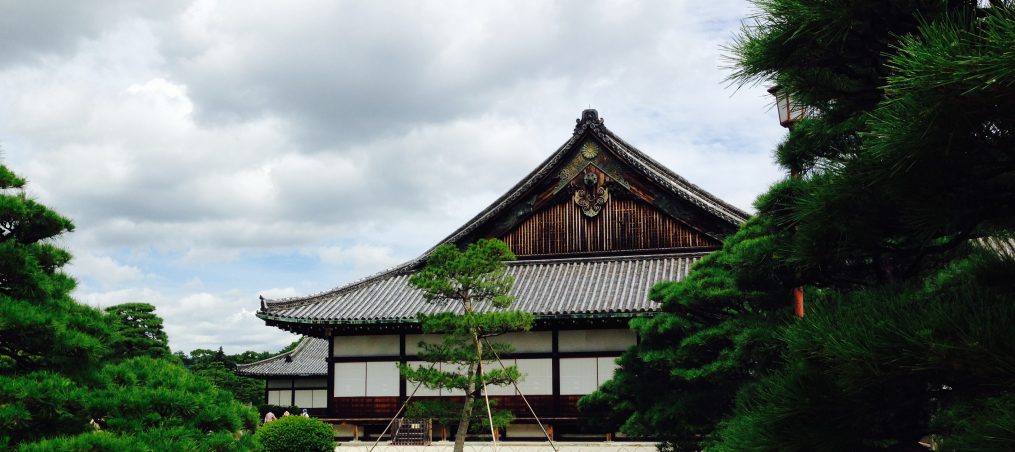As we come to a close of the year, people in the US look back at impactful moments, whether it be positive or negative. This is probably true for other countries as well. There is an interesting practice in Japan called “kotoshi no kanji” (今年の漢字), where a single kanji is selected by the Japan Kanji Aptitude Testing Foundation that represents the overall impression of the year by the general public. For 2023, the kanji “zei” (税) was chosen, which stands for “taxes”.

The reason for the choice is because of Japan’s financial burdens due to increase in taxes in essentials such as gas and food, as well as budget cuts by policymakers. These topics are covered through news outlets on a daily basis, and can weigh greatly on people’s minds. This is relatable, for in the US we hear lots of talk regard inflation impacting prices of everyday goods, as well as the pending recession.
Taking a page from the kotoshi no kanji idea, I can summarize the year of 2023 for myself on a personal level. Looking back at how the year played out, I would choose the kanji “iku” (育), which means “growth” or “raise up”. Common words in Japanese that uses this kanji include sodatsu (育つ, to raise), and kyōiku (教育, education or culture), this is a general kanji that is used in conversations that bear the general topic of growth. The reasons for choosing this kanji to summarize 2023 the following: career, and martial arts.
First, let me talk a little about my career. This being the 2nd year after switching career paths to the Tech field, I’ve been given the opportunity for personal growth at my new company. I’ve been allowed to take numerous courses to further my knowledge, and gain licenses as proof of my advancement. This is greatly encouraged by my manager not just to me, but to my team mates as well. For the majority of the year, I’ve done just that, alongside participating in projects that open the door to new tools to learn, as well as responsibilities. I am grateful for the opportunity to work in a company that is supportive of their employees’ career growth. While all positives, the only negative is losing a lot of time for working on this blog, doing Japanese research, and finishing up translation projects.

Fear not, for since my Japanese research and translation projects have no deadlines, I work on them whenever free time is at hand. These also correlate with Light in the Clouds blog, so content will always be present (albeit slower than intended). I’ve had to streamline my list of planned content to write about, so for this year it’s mainly been on the White Rabbit of Inaba (from the Kojiki), and the Tenga Goken series. For 2024 I should have more available time to write more, for I intend to slow down abit with further career learning, as I actually need to put into practice what I’ve been studying through personal projects.
As for martial arts, Along with running my group’s training curriculum, I’ve spent this year improving my jujutsu by studying a different style from what I’ve learned over the years. I welcome the chance to learn something new, as I enjoy martial arts as a whole, and have gotten to a level where self expression goes being just sticking to one style. It’s important to always strive to learn new skills and improve, for being a teacher/instructor doesn’t mean one’s journey is over. My personal growth in jujutsu has been fulfilling, as what I’m studying is supplementing my overall knowledge greatly, especially since I have others tow work with and put it to the test.
This is my overall experience in 2023, which leads to my summary of the year as a time of growth. Coincidentally, it matches up with the yearly theme based on the Zodiac sign, which I spoke about here. I hope the same can be said for everyone as well. Best wishes that you all end the year on a good note, and prepare to start the new year giving your all!











